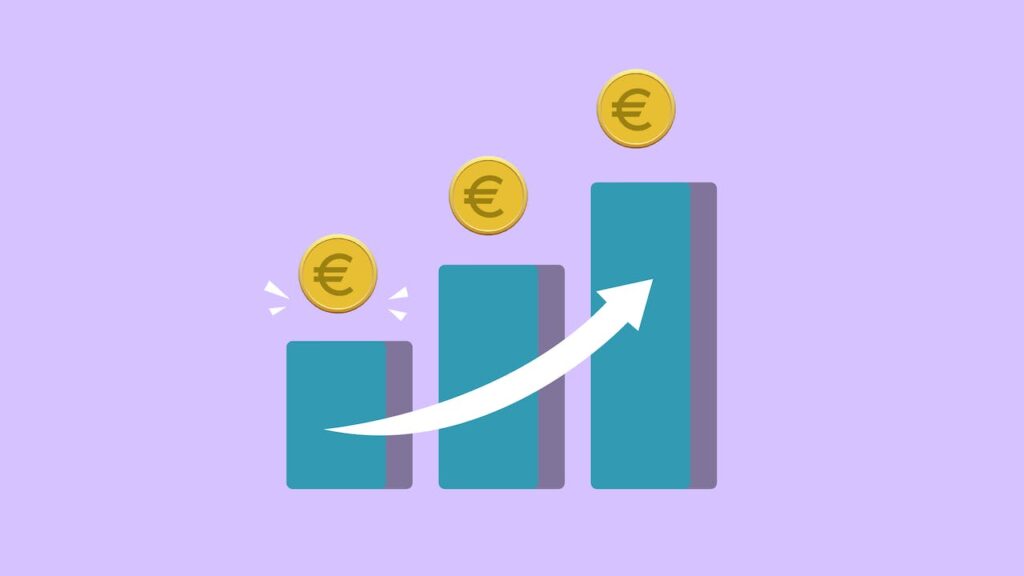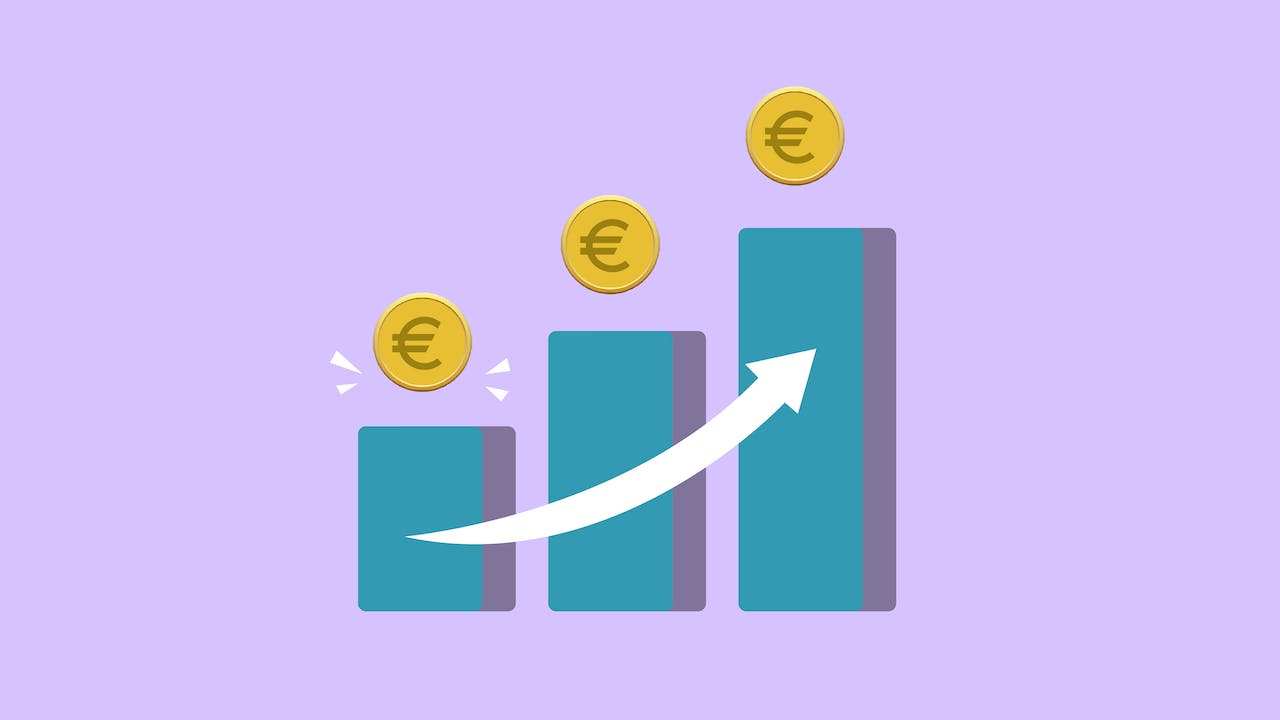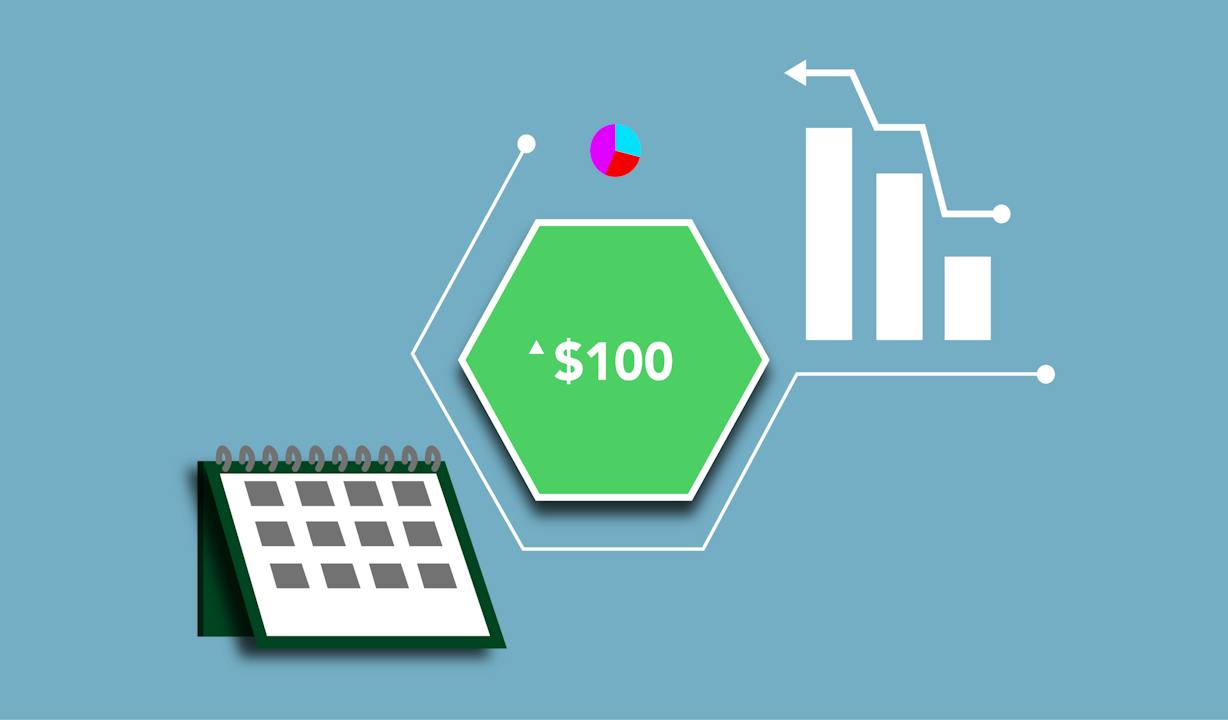What Is PLG (Product-Led Growth) and Why Is it a Good Strategy for Saas business?
-
Bella Williams
- 10 min read


PLG or Product-Led growth is One strategy that has been gaining significant prominence in recent years. In today’s fast-paced digital landscape, businesses continually search for innovative approaches to drive growth and succeed in the competitive realm of Software as a Service (SaaS) and technology.
PLG represents a fundamental shift in how companies approach customer acquisition, onboarding, and retention. This article will take you on a journey through the world of PLG, explaining what it is, why it’s becoming increasingly essential, and how it’s transforming the way businesses operate.
What Is Product-Led Growth (PLG)?
Product-Led Growth, or PLG, is a business methodology that places the product at the forefront of the customer acquisition and retention process. Unlike traditional sales-led approaches, PLG leverages the inherent value of a product to attract, engage, and retain customers. The core idea is to create a product that is so intuitive, valuable, and user-friendly that it sells itself. This approach goes beyond merely offering a product and involves nurturing the customer journey to foster organic growth.
The Evolution of SaaS and Technology
To understand the significance of PLG, it’s crucial to recognize the context in which it has emerged. The SaaS and technology industries have undergone a profound transformation in recent years. Software applications have shifted from being primarily installed on local devices to being accessible through the cloud. This shift has made it easier for businesses to reach a global audience and continuously update their products.
The Traditional Sales-Led Approach
Before PLG, the traditional sales-led approach was the norm. Companies relied on dedicated sales teams to identify leads, pitch their products, negotiate deals, and close sales. While this approach still has its place, it often involves high acquisition costs and can lead to a disconnect between the customer and the product itself.
Principles of Product-Led Growth (PLG)

Product-led growth operates on several key principles that distinguish it from traditional sales-led models. These principles include a strong focus on product excellence, user self-service, frictionless onboarding, and continuous iteration based on user feedback.
- Product Excellence: PLG places a strong emphasis on creating a product that’s exceptionally valuable, user-friendly, and intuitive. The product itself becomes the primary driver of growth.
- User Self-Service: In a PLG model, users should be able to explore, use, and gain value from the product independently. This self-service approach minimizes the need for direct human intervention during the early stages of the customer journey.
- Frictionless Onboarding: The onboarding process should be designed to be seamless and intuitive, guiding users to understand the product’s value quickly. The goal is to reduce any barriers or friction that might hinder adoption.
- Continuous Iteration: Feedback from users is actively sought and incorporated into the product’s development. This iterative approach ensures the product remains relevant and valuable as user needs evolve.
Example: Slack
Slack, a popular team communication tool, embodies the principles of PLG. It provides a free, user-friendly platform where teams can communicate effortlessly. Users can sign up, invite team members, and start using the product immediately. Slack’s success is built on the product’s excellence, self-service nature, frictionless onboarding, and continuous updates based on user feedback.
Product-Led Growth vs. Sales-Led Growth
Product-led growth (PLG) and the traditional sales-led approach differ primarily in their methods of customer acquisition and retention. In a sales-led approach, companies rely on dedicated sales teams to identify leads, pitch products, negotiate deals, and close sales. It’s a human-centric approach. In contrast, PLG shifts the focus to the product itself. With PLG, the product is designed to be so valuable, user-friendly, and intuitive that it can attract, engage, and retain customers without the need for direct sales efforts. PLG is a user-centric approach that leverages the inherent value of the product to drive organic growth.
Measuring PLG Success
To measure the success of a PLG strategy, you need to focus on specific metrics and key performance indicators (KPIs). These include:
- User Adoption: Track the number of users who sign up for your product and actively use it. A high adoption rate is a positive sign of PLG success.
- User Retention: Measure how many users continue to use the product over time. High retention rates indicate that the product is meeting user needs.
- Customer Satisfaction: Collect user feedback and gauge their satisfaction. Positive feedback suggests that the product is delivering value.
- Lifetime Value (LTV): Determine the long-term value of a customer by assessing their spending over time. A higher LTV signifies PLG success.
Example: Dropbox
Dropbox, a file-sharing and cloud storage service, is a classic example of PLG success. They offer a free tier with an easy sign-up process. By tracking user adoption and retention, they can measure the effectiveness of their PLG strategy. Those who enjoy the free version are more likely to convert to paying customers, leading to a high lifetime value.
The Importance of User Onboarding
User onboarding is a critical aspect of PLG. It involves guiding new users to understand the product’s value and features quickly. Effective onboarding:
- Reduces Abandonment: Users are less likely to abandon the product if they can easily grasp its benefits.
- Accelerates Value Realization: It helps users start using the product for their intended purpose, gaining value sooner.
- Improves Retention: A well-structured onboarding process contributes to higher user retention rates.
Scenario: Dropbox vs. Traditional Sales-Led Cloud Service
Let’s compare Dropbox’s PLG approach to a hypothetical traditional sales-led cloud service.
Dropbox (PLG):
- A new user signs up for Dropbox online.
- They receive a guided tour of the interface, highlighting key features.
- They can immediately start uploading and sharing files.
- Dropbox offers rewards for referring friends.
Traditional Sales-Led Cloud Service:
- A sales representative contacts a potential customer via phone or email.
- They schedule a demo of the cloud service.
- The salesperson negotiates a pricing plan.
- The customer signs a contract and is onboarded with the assistance of a dedicated account manager.
In this scenario, Dropbox’s PLG approach is user-centric and involves minimal human intervention. Users can quickly understand and use the product. The traditional sales-led approach relies heavily on direct sales efforts, which can be time-consuming and costly.
Market Strategy Pillars Around Product-led Growth

Here are some things you need to do to ensure a successful product-led growth strategy. These pillars were collected from a thorough observation of successful brands so you can emulate them for yours.
- User Feedback and Iteration: Collecting user feedback and iteratively improving the product is integral to PLG. This feedback loop ensures that the product remains valuable and relevant.
You can use Insight7 to analyze customer feedback and gain actionable insight for your product development. Also, Look out for case studies of companies closest to your niche that have successfully implemented PLG and can provide valuable insights into its practical application.
2. Scale PLG for Different Customer Segments: Adapting the PLG approach to suit the needs of various customer segments, such as enterprises and SMBs, is essential for sustained growth.
3. Technology Gains for PLG: Leverage the right tools and technologies, including analytics, customer relationship management (CRM), and user tracking. it is crucial for implementing a PLG strategy effectively.
4. Always engage your customer: The best Strategy for ensuring customer success in PLG is smooth customer support and engagement tactics. Those two are vital for long-term retention.
5. Build a Product-Led Culture: Foster a company culture that revolves around the product and the user experience. As a business, you should also consider if a hybrid model(PLG and SLG ) would do your product good.
Is PLG the Best Strategy for Your Business?
Product-led growth has emerged as a transformative strategy in the world of SaaS and technology. By putting the product at the forefront of customer acquisition and retention, businesses can create a user-centric, organic growth engine.
By embracing PLG principles, aligning marketing strategies, and navigating the challenges can lead to significant success in today’s competitive landscape. However, the question every product manager, CEO, or brand marketer should ask before adopting a strategy is “Is the Best Strategy for my Business?”
FAQs
What are the key challenges when implementing a Product-Led Growth strategy?
Implementing a Product-Led Growth strategy comes with its challenges. Some of the key challenges include:
- Balancing Free and Paid Tiers: Deciding how to structure free and paid offerings to encourage user adoption while generating revenue.
- User Feedback Handling: Effectively managing user feedback and integrating it into product development.
- Scalability: Ensuring the product can scale to accommodate a growing user base.
- User Education: Creating educational resources for users to understand the product’s full potential.
- Change Management: Shifting from a traditional sales-led model to a PLG approach may require organizational and cultural adjustments.
Addressing these challenges is essential for a successful transition to a Product-Led Growth strategy.
What is the primary difference between Product-Led Growth and the traditional sales-led approach?
It’s essential to understand the differences between PLG and sales-led growth to determine when each strategy is most effective. PLG emphasizes a user-centric approach, while sales-led growth relies on direct sales efforts.
How do you measure the success of a Product-Led Growth strategy?
The success of a Product-Led Growth strategy can be measured through several key performance indicators (KPIs) and metrics, including:
- User Adoption: The number of users who sign up for the product and actively use it.
- User Retention: How many users continue to use the product over time.
- Customer Satisfaction: Gathering user feedback and assessing their satisfaction.
- Lifetime Value (LTV): Determining the long-term value of a customer by analyzing their spending over time.
High user adoption, retention rates, customer satisfaction, and a significant lifetime value indicate the effectiveness of a PLG strategy.
What role does user onboarding play in PLG?
User onboarding is a pivotal element in PLG. It involves guiding new users to understand the product’s value and features quickly. Effective onboarding reduces abandonment rates, accelerates value realization, and improves user retention. It ensures that users can start using the product for their intended purpose, gaining value sooner. Well-structured onboarding processes are essential for PLG’s success.
Example of a company that has successfully implemented PLG?
Dropbox is a prime example of a company that has successfully implemented PLG. They offer a cloud storage and file-sharing service with a free, user-friendly, and intuitive platform. Users can sign up, invite team members, and immediately begin using the product. Dropbox’s success is built on product excellence, self-service onboarding, and continuous updates based on user feedback.







